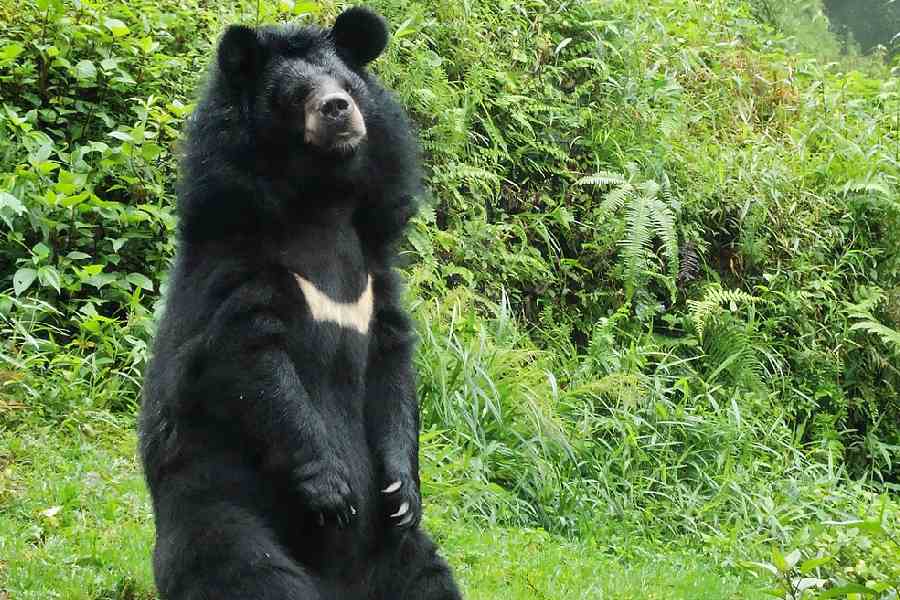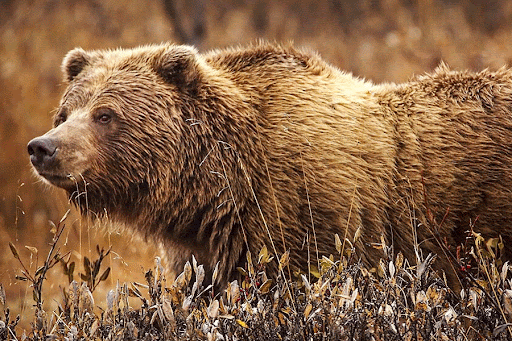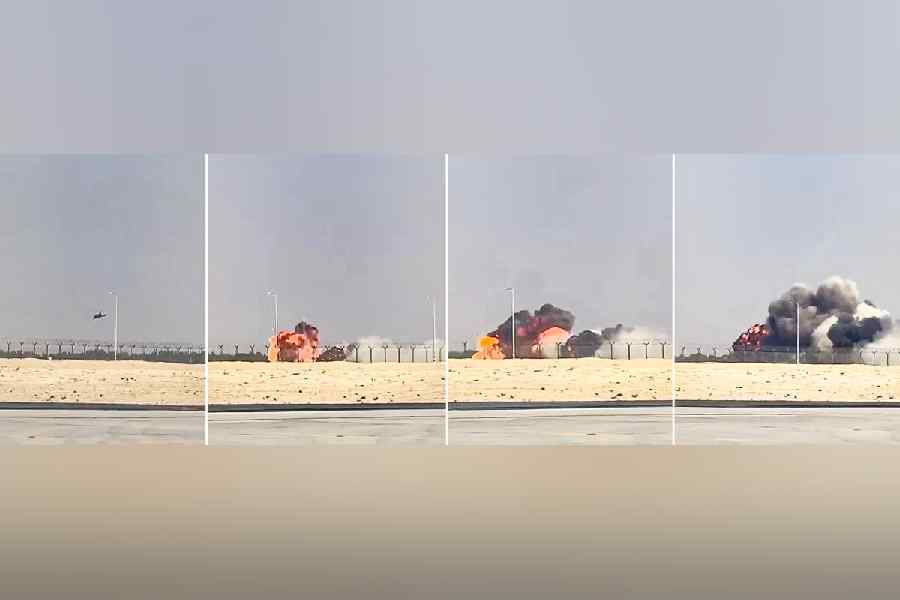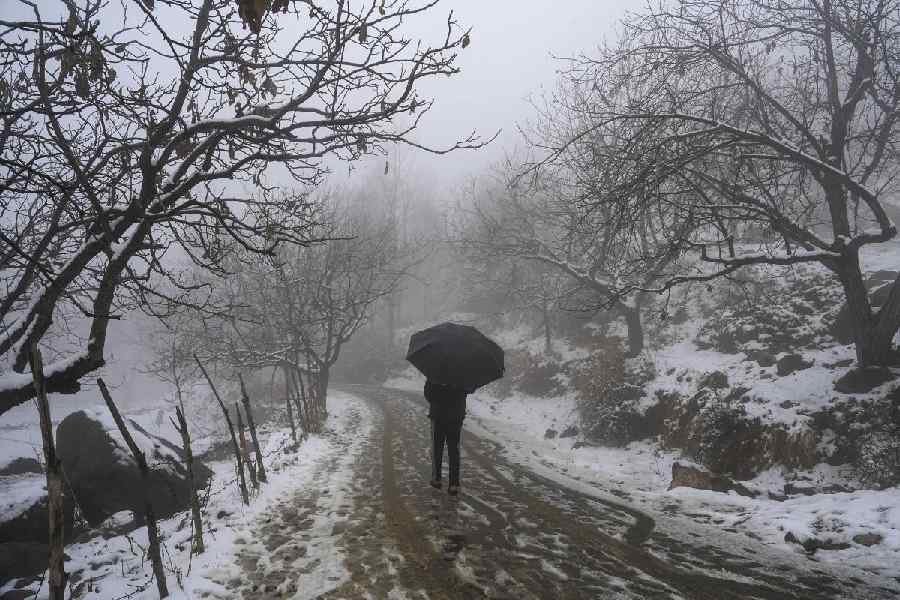What does Pauri in Uttarakhand have in common with Japan? A rising fear of bear attacks and a government response that experts say is flawed.
The Uttarakhand Forest Department has issued an order that authorises the shooting of Himalayan black bears in parts of Pauri district after a surge in attacks.
The directive came after 71 attacks across the state in three months left seven people and 60 heads of cattle dead.
Nothing like this has been done in the state before.
Paithani, a cluster of villages in the Thalisain block of Pauri, around 233 km east of state capital Dehradun, has become the epicentre of the crisis. In the past few weeks, bears have killed 40 cattle. Two residents have been mauled.
The panic is not limited to Pauri. In Rudraprayag district, a bear attacked a group of women collecting grass in Dharkuri village of Jakholi block, injuring seven of them on Friday. Bears have been sighted around Gopeshwar, Nainital, Pithoragarh and Bhawali.
The state forest department acknowledges the scale of the problem. Pauri divisional forest officer Abhimanyu Singh said the chief wildlife warden’s order was to eliminate the specific bear responsible.
“We had to do this by 14 November, but we couldn’t shoot the bear within the deadline,” he told PTI. “Because we have seen more than one bear in the camera traps installed there, identifying the bear responsible is difficult, but the team is working to tranquilise and capture it.”
Uttarakhand’s records show that human-bear encounters have escalated over the decades. In the past 25 years, 1,972 people have been injured and 68 killed.
In 2022, 57 people were injured and one was killed. In 2023, around 53 were injured, no deaths reported. Then came 2024 with 65 attacks and three deaths.
This year, there have been 71 attacks and counting, with seven fatalities.
The numbers are climbing.
The Himalayan black bear (Ursus thibetanus laniger) can be found across the Himalayas up to an altitude of around 10,000 feet above sea level. It also inhabits the warmer forests at the Himalayan foothills, from Rajaji National Park and Corbett Tiger Reserve to Mizoram.
Wildlife scientist Y.V. Jhala said that a shoot at sight order does not make sense unless the behavioural pattern of the bear is identified. He emphasised that identifying the specific problem animal is essential.
“Otherwise, the wrong bear may be killed. Or worse, a mother bear with cubs may be targeted,” Jhala told The Telegraph Online. “The problem animal has to be identified and tranquilisation efforts may be made.
“Himalayan black bears are less fierce than polars and grizzlies and this is a time for hibernation for them,” he explained. “They try to look out for a high-calorie diet, they try to find easy livestock… They are trying to put on fat and naturally livestock targets are easy so maybe all attacks are not intentional but identifying the problem animal is important.”
He added that concentrated pepper spray has helped reduce encounters in North America. But even that does not always work.
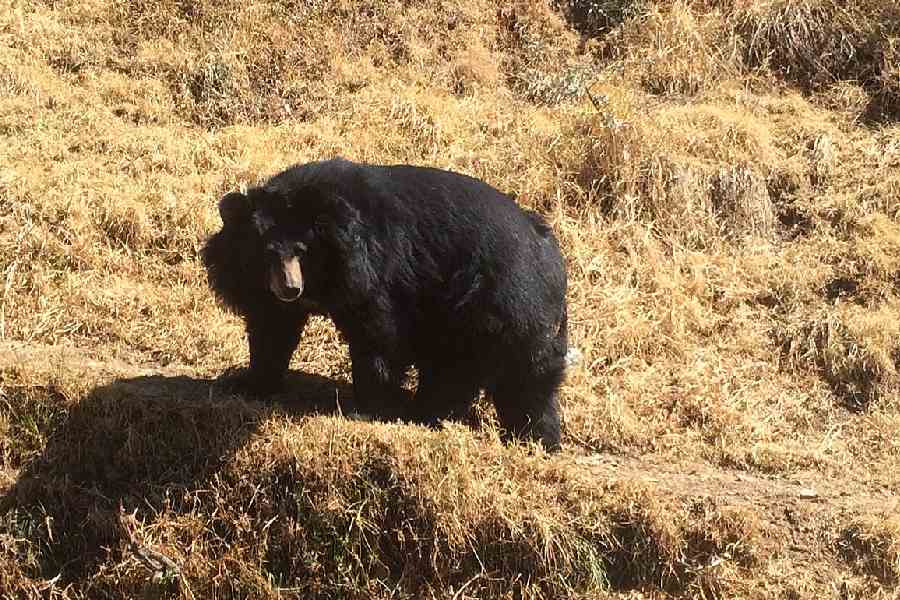
Black bear at Jim Corbett National Park, India (Wikipedia/Fcamohitagrawal )
Harendra Singh Bargali, former co-chair of the International Union for Conservation of Nature’s bear specialist group and deputy director at The Corbett Foundation, explained the science behind this crisis.
“A number of factors have changed the hibernation period of the Himalayan black bears from usual three-four months to about 35-55 days at places,” Bargali told The Telegraph Online.
“Earlier black bears as per their natural life cycle used to go for hibernation depending upon snowfall from mid-December to mid-March and even longer. Now, because of scanty snowfall, lack of food sources, habitat degradation and disturbances, they are getting disturbed. If they are not getting sufficient food sources then there is no sufficient fat reserve for the winter hibernation so it’s a complex situation for them to survive.”
Winter is also the time when a mother bear gives birth to cubs and has to nurse and care for them. Their survival depends on her ability to provide nourishment from her fat reserves, Bargali said.
“In such a situation if they are not in their hibernation then they are getting aggressive even if it is a new situation for them to cope with for their survival,” he explained.
He agreed with Jhala that “a shoot-at-sight order is not the solution to the problem”.
“Only if capture, tranquilisation or translocation fail, such an order can be issued for one or two identified individuals but not at the species level in a landscape,” he said.
The Himalayan black bear is a keystone species. It disperses seeds. It also regulates insect populations.
Japan deals with similar crisis

A bear warning sign is displayed at Shirakawa-go, in Shirakawa village in Japan (Reuters)
In Japan, the government has deployed the military to trap bears after a spike in attacks.
Japan’s environment ministry recorded 12 deaths and 196 maulings between April and October this year, the highest since record-keeping began.
On October 8, a black bear broke into a Tokyo grocery store, injuring two people. In Miyagi prefecture, a woman picking mushrooms was killed on October 4.
The underlying cause is the same, food scarcity.
Japanese black bears and Ussuri brown bears rely heavily on beech nuts and acorns. A crop failure, driven by erratic temperatures, sent them into towns.
Japan saw 219 bear attacks last year with six deaths. Now, the figure has doubled in a few months.
What is happening in Pauri has happened in Japan. And unless the deeper crisis of climate and habitat loss is addressed, it may repeat elsewhere too.
Bear species around the world have been experiencing disturbances in their hibernation activities because of rising temperatures, experts say.

